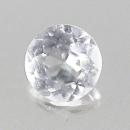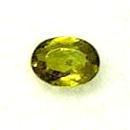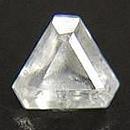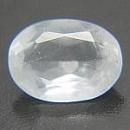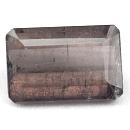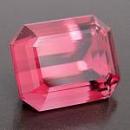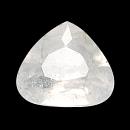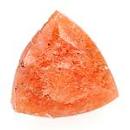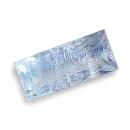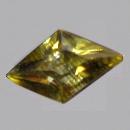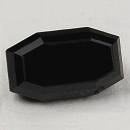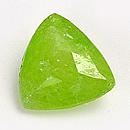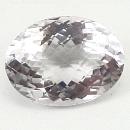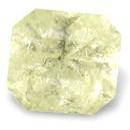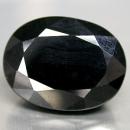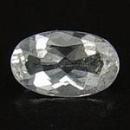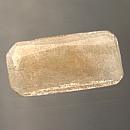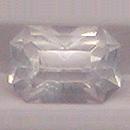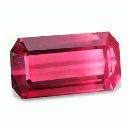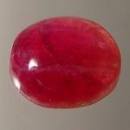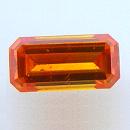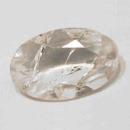|
ClassicGems.net |
|
|
|
|
| Piezoelectric Gems |
|
|
|
|
Piezoelectricity is the ability of some mineral crystals and certain ceramic materials to generate a voltage in response to applied mechanical stress. Piezoelectricity was discovered in 1880 by French physicists, brothers Jacques and Pierre Curie. The word piezo is derived from the Greek word пιέζω (piezein), which means to squeeze. The following gems are Piezoelectric. Read more information below. |
|
|
|
Piezoelectricity
History
The first demonstration of the piezoelectric effect was in 1880 by the Curie brothers using tinfoil, glue, wire, magnets, and a jeweler's saw. They combined their knowledge of pyroelectricity with their understanding of the underlying crystal structures that gave rise to pyroelectricity to predict crystal behavior. They showed that crystals of Tourmaline, Quartz, Topaz, cane sugar, and Rochelle salt (sodium potassium tartrate tetrahydrate) generate electrical polarization from mechanical stress. Quartz and Rochelle salt exhibited the most piezoelectricity. Frequency standard
Crystal classes
Piezoelectric Crystal Classes: 1, 2, m, 222, mm2, 4, -4, 422, 4mm, -42m, 3, 32, 3m, 6, -6, 622, 6mm, -62m, 23, -43m Pyroelectric: 1, 2, m, mm2, 4, 4mm, 3, 3m, 6, 6mm In a piezoelectric crystal, the positive and negative electrical charges are separated, but symmetrically distributed, so that the crystal overall is electrically neutral. Each of these sites forms an electric dipole and dipoles near each other tend to be aligned in regions called Weiss domains. The domains are usually randomly oriented, but can be aligned during poling (not the same as magnetic poling), a process by which a strong electric field is applied across the material, usually at elevated temperatures. When a mechanical stress is applied, this symmetry is disturbed, and the charge asymmetry generates a voltage across the material. For example, a 1 cm cube of quartz with 500 lbf (2 kN) of correctly applied force upon it, can produce a voltage of 12,500 V. Piezoelectric materials also show the opposite effect, called inverse piezoelectricity, where the application of an electrical field creates mechanical deformation in the crystal. |
